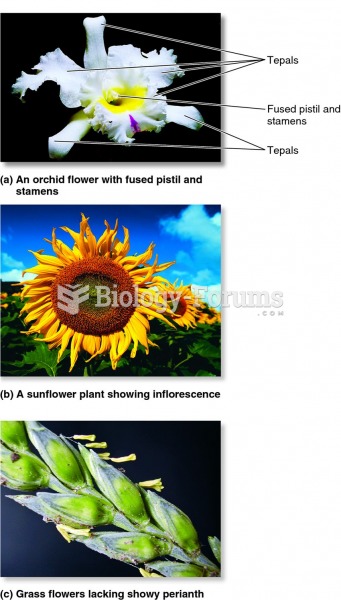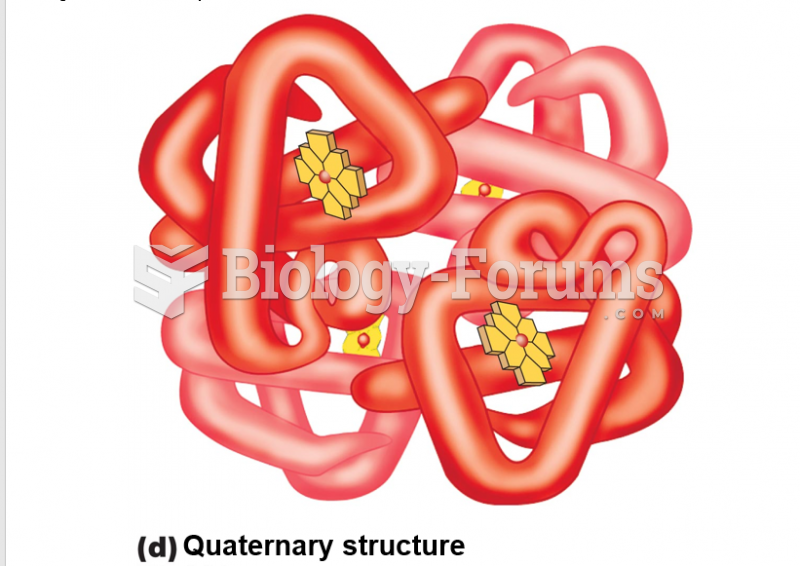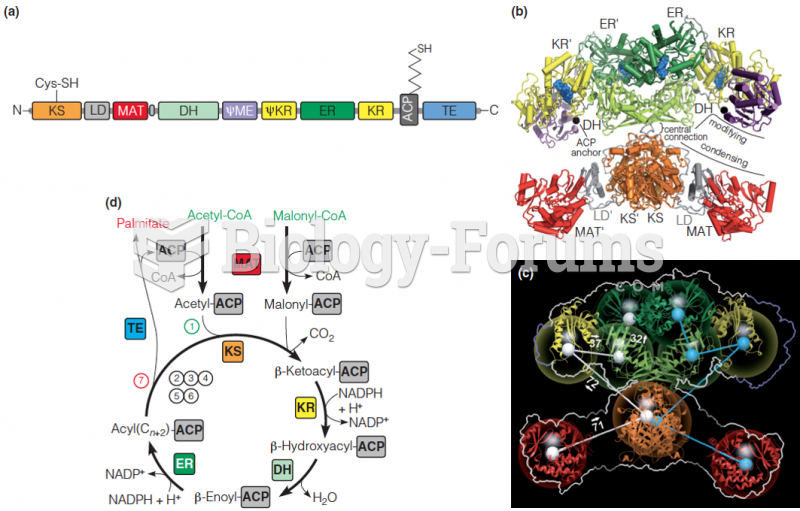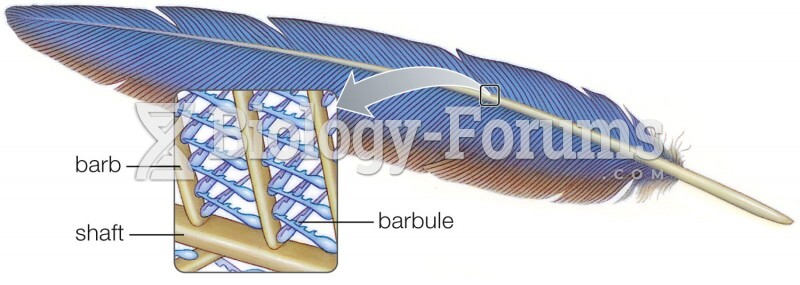Consider the RNA dinucleotide GU.
a)
Draw the full structure of the RNA dinucleotide GU and label the 3' and 5' ends.
b)
How would this dinucleotide differ if found in DNA?
Question 2Consider the following structure.

a)
Circle any nucleoside.
b)
Draw a box around any nucleotide.
c)
Identify as DNA or RNA.
Question 3q2YWBreouL205/+VIblxAYypCTJLzOfdBTaKKifBMKJSLQQFY9W2rCuq62n46tY7rPPPpKOLavSzJUwsTS8hU7wzW9+UywH6sBES5sS/lNtudPXX39dZoHjhKQVtqFDh4ZHIjk+iiUJP9ifG2+8MWzJHxNLw2voDJQ5wL9I+IsLpQMILq8WwmWY4IgKSbNvJJlIE17jm1gSJYE/m9rglWJEs8TE0vAafGuEC9HZSbQxYcKEto28hViXadD4y8suuyx4/PHHm3ojbIgt7SSIb2LJf4ZbhlFCPTGxNLyHyRyEDWuQ2EiKk7FhKXGbhkcffVQ+84knnghbmhcuKGkvKoD17kspXPzV6623XjB48OCwpX6YWBreg3WJZRQNIq9lyeIf//hHEUtumx2OUdrjBCRlvvfee8NHjYUJug4dOuS+WicOE0ujEBBAzsQMQcjKd7/7XRPLBNQqliRkrqbMcF7wOyplwM8TE0vDa1h988knn8iSNsRNy92SFZ2ZcrY0gesmlqXRYx7FbctqsUBS+O6ddtpJ/NT1nNRxMbE0vIbM5+eee66Uu+3bt68IHLGVp556anDwwQfLuu80loaJZWn0mO++++6ysdrnnXfeaddWb+uOSR3+L/JWNgoTS6NQkBSCThMNI6oWE8vKbLnllrK5xLXlDaFCTOoMGjQobGkMJpZG4VDBHDduXNhSPSaWlYl7X9rPSgsuF3KQsvS1Huu/y2FiaRSSIUOGiNjFlW5NgollZXjPDjvsEMyfP79t43E9xXLAgAEyqcMFstGYWBqFBCc/a4MRPBJqVIuJZWVYIdWpUyfxVerGY9rrgS5pnDhxYtjSWEwsjcLy+eefB3vttVfZMhSlMLGsTNz70n5WtahQckGs98x7KUwsjUJDQX0yn++yyy5VCaaJZWXi3pf2s6rBFUouiL5gYmkUnmnTpknnipa7LYeJZWV4TzSrU1xblkyePFn+l/79+3sllGBiaTQF9913n3SygQMHhi3lMbEszbvvvhtcdNFFku2JOu4PP/xw8P7777dr+9Of/hS+OjsIPCdEqHfv3rLowDdMLI2m4frrrxcBTDLhY2JZGoSRxBkPPfSQZKYnufK8efPatZHNKEsQSpa04lLBteIjJpZG08BEAMO3JIJpYukPKpT8H4wQfMXE0mgqGL7169evomCaWPpBUYQSTCyNpiOJYJpYNp4iCSWYWBpNCYJJ2QE6IjOsUUwsGwurgYoklGBiaTQtCKZmKrr00kulgypUOKS92kqHRYRM52lqFeUF/wOJUDj+PlaNLIWJpdHUIJiHHXaYdEw6qAomyWwJifEhqW3ebL311rL5AAsHiiiUYGJptASEvahgVrs0sujMmjVLtkaDO2TDDTcspFCCiaXRMtBB6ajdunULpkyZEjz22GNL+cuoVa4rR7gla3hcm1EdujKnV69eUh6iiJhYGi3FW2+9FXTp0kU6Lgk4yLROB7755pvleTKAjxgxQjLrcEuGcDKFu21kEvcZxF0FndtFfXyptnoKvgol/mPcIkXFxNJoKbAuN9hgA/Hh0YERxxtvvFHK7OqsuSYXdksYcD/a5iukNDv++ONF3LlF8LkYuG31EPwFCxYEY8eOlePWp0+fQgslmFgaLQPL+PCZUZ6A4fShhx4qHZnyqiSZ5TkmfFjSRzvL+hTu05bHmuiswZJUwdekuXFteYJQ9uzZU77vkEMOEcu26JhYGi2Dhgs9+uijYUsg9bBp04mHp556StY9cx8rkiTDbGpZFiUuE1Hn9zZC8DmGVGLku3ypN54FJpZGy6CB6FGxoEOTwIHn8E8+++yzcp+Qo3POOUc2DT8qiljqvtZT8FmRo8NuJtGaSSjBxNJoGVQsHnnkkbBlCZpwlu3II4+UW7VAGcJOnz5d2oomlvUQfIbcFI/DF8znM+xGnJsNE0ujZZg9e7ZUCYwrqTp06NCgQ4cOsgRv2WWXlU5/3XXXhc8uGdYWTSwRecQ+L8F3h9xEFjz33HPhM82HiaXRUgwePFg6NkNthXKrHTt2DK666ip5rKEuK6+8crDvvvtKQPeMGTOkjdyORUDF3XU5ZCn4Tz/9dFs6vK5duwb33HNP+EzzYmJptBQsd0Qwv/3tb4t/jY37DB0ZTv75z38O9txzTxGBLbfcMlhttdXaBIFbsoXzOt8h4J7fi8grcW3VwvG77LLL5HPImH711Vc35ZA7DhNLoyVBOO666y7ZuK/gp2RiAuuL2eO//e1vIgibbrqpCARDdXyfPsOad11/fdZZZ0nIFH5at+29994LX50MLhCXX365lMLlM3BltIpIKiaWhpEAhIGyFdtss42IBdaVm8XIJ1zBZ038Bx98IOFQbtvcuXPDV5eHfeR9O+64o+z3/vvv386F0UqYWBpGFSCaWFUIB1aWz6JZCzNnzgxGjx7dZklS0fHuu+8On21NTCwNIwVYV1hZrmgSZ1hk+P3sx1ZbbSX71blz55a2JKOYWBpGDbiiudFGG8macywyLLOiwG/dZ5995PezHzvssIP4aSkAZyzBxNIwMoAYTrKxb7/99jJLjOhsu+22UguI5B3PPPNM+Eo/4PeMHz9efiO/deONN5bfz34Y8ZhYGkbGMHM8bdo0sdYQT8SokeKJT5UZfL6XGFIt5sbGb+S3mhVZGRNLw8gZgtoriSdi5m7VThqpILJNnTpVPpeZe9fSZaMWD21XXnmlF9nTi4SJpWHUmVLi6W4IHMHyuvE6xC9uQ3RdQWRihtdvt9124j8llvSBBx4wcawRxPKB8L5hGA0APyHrtt2NMB1KX+g2ZswYEcC47Uc/+pG8Xt9rQ+p8QCyXTsFiGIZhOATB/wPKlSUG/wDNNQAAAABJRU5ErkJggg== width=331 height=393 />"
Question 4Classify the following reaction.

a.
electrocyclic reaction
b.
cycloaddition
c.
sigmatropic rearrangement
Question 5Classify the following reaction.

a.
electrocyclic reaction
b.
cycloaddition
c.
sigmatropic rearrangement
Question 6Classify the following reaction.

a.
electrocyclic reaction
b.
cycloaddition
c.
sigmatropic rearrangement
Question 7Which of the following reaction types are pericyclic reactions?
a.
Diels-Alder reaction
b.
Cope rearrangement
c.
Claisen rearrangement
d.
Stork reaction
e.
All except d are pericyclic reactions.
f.
All are pericyclic reactions.








